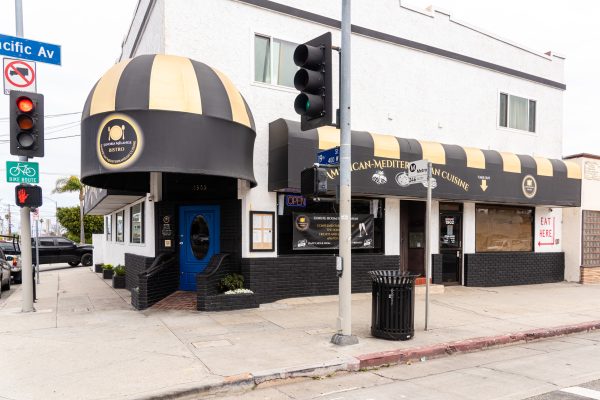
by Jared Anderson/www.cinemacy.com
“Sing Street,” from the Irish filmmaker John Carney, takes place during the homestretch of the Cold War when a group of adolescents come together in the name of fellowship, bonding over pop culture, and a desire to break away from the confines of the tangible.
Carney is best known for grabbing the attention of the film world in 2007 with the movie-musical smash, “Once,” and 2014’s “Begin Again” was his first film made across the Atlantic. His new movie sees him return to the streets of Dublin. “Sing Street” tells the story of our protagonist, Cosmo (Ferdia Walsh-Peelo, something of a ringer for Freddie Highmore), who, at the whim of his father (Aidan Gillen, “Game of Thrones”), enrolls at the local Christian Brothers school, whereupon both his passion for music is awakened by the help of his older brother (Jack Reynor), as well as a desire to start a band to win over the heart of the mysterious Raphina (Lucy Boynton).
There is an autobiographical element in Carney’s “Sing Street,” not unlike the writing efforts from Greg Mottola in “Adventureland” or Stephen Chbosky in “Perks of Being a Wallflower.” Carney, who writes and directs, has a musical background that includes a notable stint as bassist for the ‘90s Irish band The Frames, fronted by his “Once” star Glen Hansard. Details in this movie, such as his school’s insistence on black shoes, are pages taken directly from his own life, much like how “Almost Famous” reflects the start of a young Cameron Crowe’s own career in music journalism through the shy, blossoming music aficionado.
To that end, the story and character beats of “Sing Street” are conventional, but organized delicately. This film is a little more innocent than the previously aforementioned, closer to something like the amiable nostalgia of this year’s “Everybody Wants Some!!” The Catholic schoolboys of “Sing Street” are right at the onset of puberty, not yet acquainted with the confusing realities of drugs, sex, mental illness, etc. Not to say that they aren’t troublemakers, but there’s a bright-eyed charm to everything they do.
Like in “Begin Again,” the musical landscape that the characters of Sing Street inherit has quite a verisimilitude. Carney loves to relate the characters’ musical lives to the way they live with everything else. The fertile era of ‘80s post-punk and New Wave is almost the ideal context in which to do this, with the multiple subcultures inspired by those sounds – punks, goths, mods, and futurists, among others. The result is an ode to how music shapes identity, especially how it gives glory to being a misfit, an underdog, or a despairing romantic that otherwise might not exist.
People tend to look at a person’s musical taste as part of a bigger picture, for instance – in a hilarious and poignant moment in the film, Cosmo’s brother warns him that a woman can never truly love a man that listens to Phil Collins. With uplifting heart and real musical energy, “Sing Street” is a film about discovering the honest music you want the world to judge you by.
“Sing Street” is rated PG-13 for thematic elements including strong language and some bullying behavior, a suggestive image, drug material and teen smoking. Now playing in select theaters, including AMC Rolling Hills.










